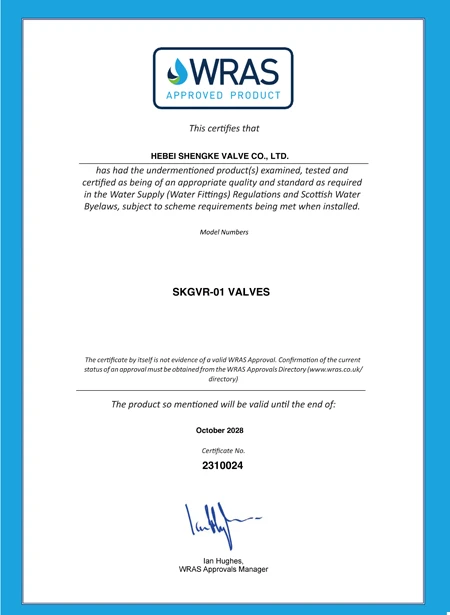নভে. . 06, 2024 04:27 Back to list
gate valve
Understanding Gate Valves A Comprehensive Overview
Gate valves are essential components in various piping systems, serving a critical role in controlling the flow of fluids. Their design is straightforward yet highly effective, making them a popular choice in numerous applications, ranging from water supply systems to industrial processes and oil and gas pipelines.
The primary function of a gate valve is to allow or obstruct the flow of fluid. Unlike other types of valves, such as globe valves or ball valves, gate valves are designed to remain either fully open or fully closed. This characteristic ensures minimal pressure drop across the valve when it is in the open position. The design facilitates a smooth flow path and reduces turbulence, making gate valves particularly suited for applications where flow efficiency is a priority.
Gate valves consist of several components, including a body, a wedge or gate, and a bonnet. The body serves as the outer structure, while the gate is the movable part that opens or closes the flow. When the valve is closed, the gate is pushed down into the flow pathway, effectively sealing it and preventing any fluid from passing through. Conversely, when the valve is fully opened, the gate is raised, allowing unimpeded flow.
One of the significant advantages of gate valves is their ability to handle high pressures and temperatures, making them suitable for both high-performance and high-stress environments. They are commonly used in water treatment facilities, power plants, and chemical processing plants. Moreover, gate valves can be found in residential plumbing systems, where they control the water supply to various fixtures.
gate valve

Gate valves are available in various materials, including brass, stainless steel, and cast iron
. The choice of material typically depends on the specific application's requirements, such as the type of fluid being transported, the operating temperature, and the pressure conditions. For instance, stainless steel gate valves are often preferred in corrosive environments due to their durability and resistance to rust.While gate valves are highly effective, they do have some limitations. One major drawback is their relatively slow operation compared to other valve types. Opening or closing a gate valve requires multiple turns of the handle, which can be time-consuming in situations where quick response is necessary. Additionally, gate valves are not suitable for throttling purposes, as partial opening can lead to erosion and seating damage.
Maintenance is another critical aspect of gate valves. Regular inspection and cleaning are essential to ensure their longevity and optimal performance. Common issues include mineral buildup or corrosion, which can hinder the valve's operation. Operators should ensure that gate valves are exercised periodically to prevent sticking and ensure reliable performance.
In conclusion, gate valves play a vital role in fluid control across various industries. Their design, which allows for minimal flow restriction and their ability to withstand high pressures and temperatures, makes them a preferred choice in many applications. While they have some limitations, proper maintenance and understanding of their function can greatly enhance their effectiveness. As industries continue to evolve, gate valves will remain an integral component in managing fluid systems efficiently and safely.
Share
-
Reliable Wafer Type Butterfly Valves for Every IndustryNewsJul.25,2025
-
Reliable Flow Control Begins with the Right Ball Check ValveNewsJul.25,2025
-
Precision Flow Control Starts with Quality ValvesNewsJul.25,2025
-
Industrial Flow Control ReliabilityNewsJul.25,2025
-
Engineered for Efficiency Gate Valves That Power Industrial PerformanceNewsJul.25,2025
-
Empowering Infrastructure Through Quality ManufacturingNewsJul.25,2025